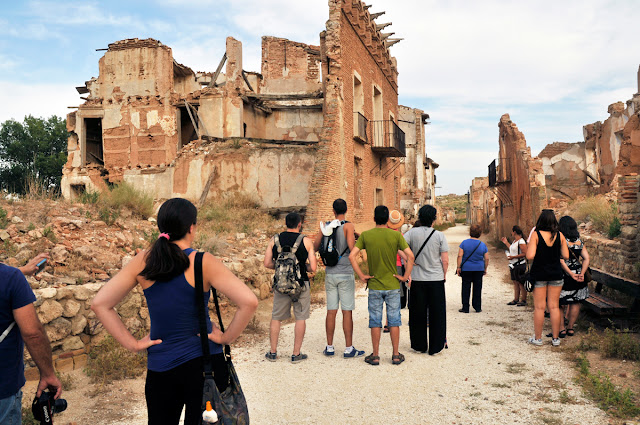Exploring the Depths of Dark Tourism
 |
| Dark Tourism |
Dark tourism, also known as Thana tourism or grief tourism,
is a fascinating yet controversial niche within the travel industry. It
involves visiting sites that are associated with death, tragedy, or suffering.
While some may find the concept morbid or unsettling, others are drawn to these
destinations out of curiosity, historical interest, or a desire to understand
the darker aspects of human history.
Understanding
Dark Tourism
Dark tourism isn't a new phenomenon but has gained traction
in recent years due to increased awareness and interest in unconventional
travel experiences. It encompasses a wide range of destinations, including
former battlefields, sites of natural disasters, concentration camps, and even
locations linked to serial killers or infamous events.
Key Players
in Dark Tourism
In the realm of Dark
Tourism, certain destinations and attractions stand out as key
players, drawing visitors from around the globe. Places like Auschwitz-Birkenau
in Poland, the Hiroshima Peace Memorial Park in Japan, and the Chernobyl
Exclusion Zone in Ukraine are among the most well-known dark tourism sites.
These locations offer profound insights into the tragedies and atrocities of
the past, serving as poignant reminders of human history's darker chapters.
Drivers
Behind Dark Tourism
The allure of dark tourism stems from various drivers that
compel travelers to explore these somber sites. One of the primary motivations
is a quest for knowledge and understanding. Many visitors are driven by a
desire to learn about significant historical events and their impact on
society. Additionally, dark tourism provides an opportunity for reflection,
empathy, and commemoration, allowing visitors to pay tribute to the lives lost
and acknowledge the lessons of the past.
PEST
Analysis of Dark Tourism
Analyzing the external factors influencing dark tourism can
provide valuable insights into its dynamics:
Political
Factors: Political stability, government policies on heritage
preservation, and diplomatic relations can impact dark tourism sites'
accessibility and visitor experience. Changes in political landscapes may also
affect the perception and promotion of such destinations.
Economic
Factors: Economic trends, exchange rates, and tourism infrastructure
play a role in shaping the dark tourism landscape. Investments in historical
preservation, tourism promotion, and local economies around these sites
contribute to their attractiveness to visitors.
Social
Factors: Societal attitudes towards death, remembrance, and cultural
heritage influence the demand for dark tourism experiences. Shifts in public
perception, media coverage, and educational initiatives can impact visitor
numbers and engagement at these sites.
Technological
Factors: Advancements in technology, such as virtual reality tours,
interactive exhibits, and digital storytelling, enhance the immersive
experience of dark tourism. Digital platforms also play a role in marketing and
disseminating information about these destinations to a global audience.
SWOT
Analysis of Dark Tourism
A SWOT analysis sheds light on the strengths, weaknesses,
opportunities, and threats within the dark tourism sector:
Strengths: Dark
tourism offers unique educational and cultural insights, fostering empathy,
historical awareness, and dialogue about past atrocities. These sites often
have significant heritage value and contribute to preserving collective memory.
Weaknesses:
Controversies surrounding ethical considerations, respectful behavior, and
commercialization are key challenges facing dark tourism. Sensitivity towards
the experiences of victims, responsible tourism practices, and ethical
storytelling are areas that require continual attention.
Opportunities: Continued
interest in history, heritage tourism, and immersive travel experiences
presents growth opportunities for dark tourism. Diversification of offerings,
collaboration with local communities, and sustainable tourism practices can
enhance the sector's appeal and long-term viability.
Threats: Negative
perceptions, backlash from communities, and misinterpretation of historical
narratives pose threats to dark tourism. Mismanagement, overcrowding, and
exploitation of sensitive sites can undermine the authenticity and integrity of
the visitor experience.
Dark tourism offers a unique lens through which travelers can
explore the complexities of human history, tragedy, and resilience. By
understanding the key players, drivers, PEST analysis, and SWOT analysis of
this niche segment, we gain a deeper appreciation for its significance,
challenges, and potential for meaningful engagement and reflection.



Comments
Post a Comment